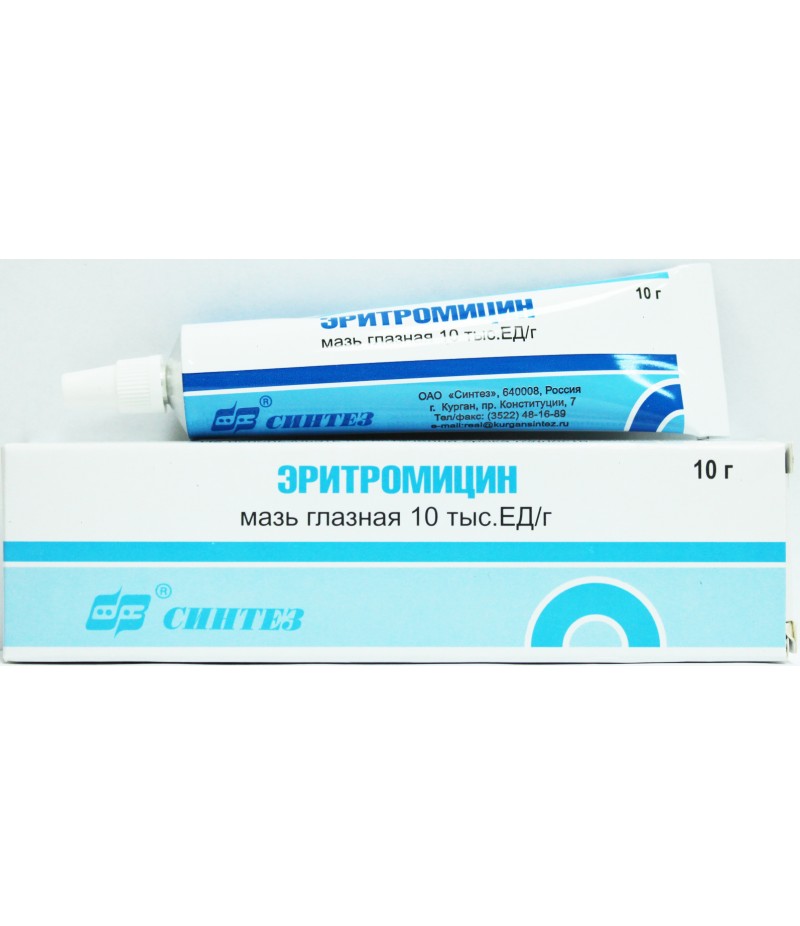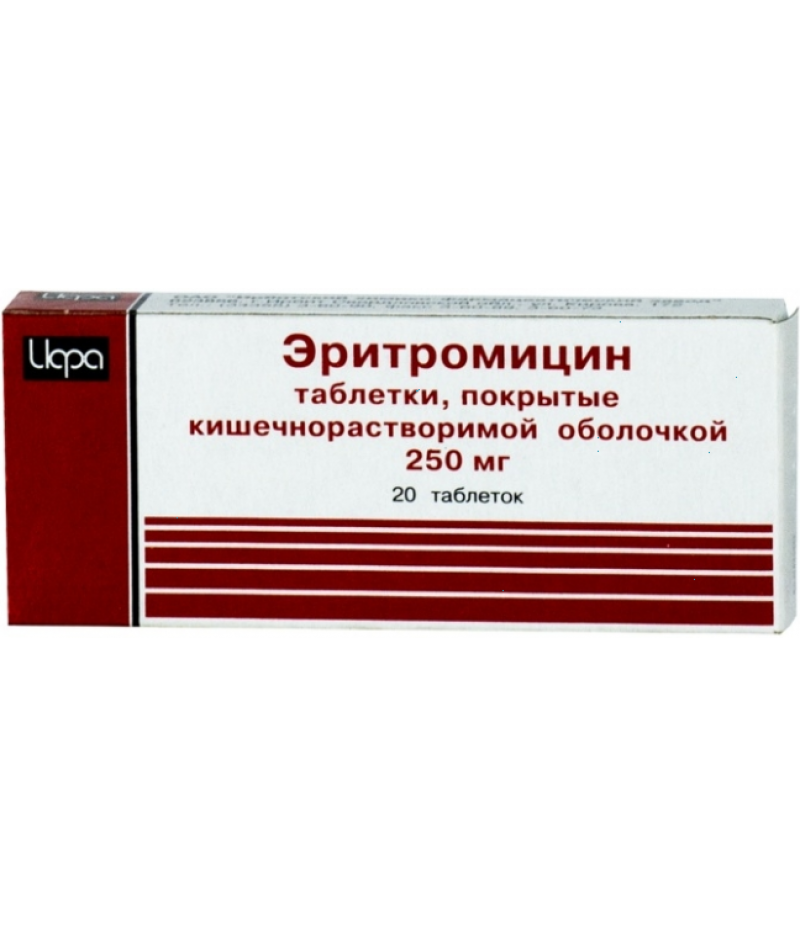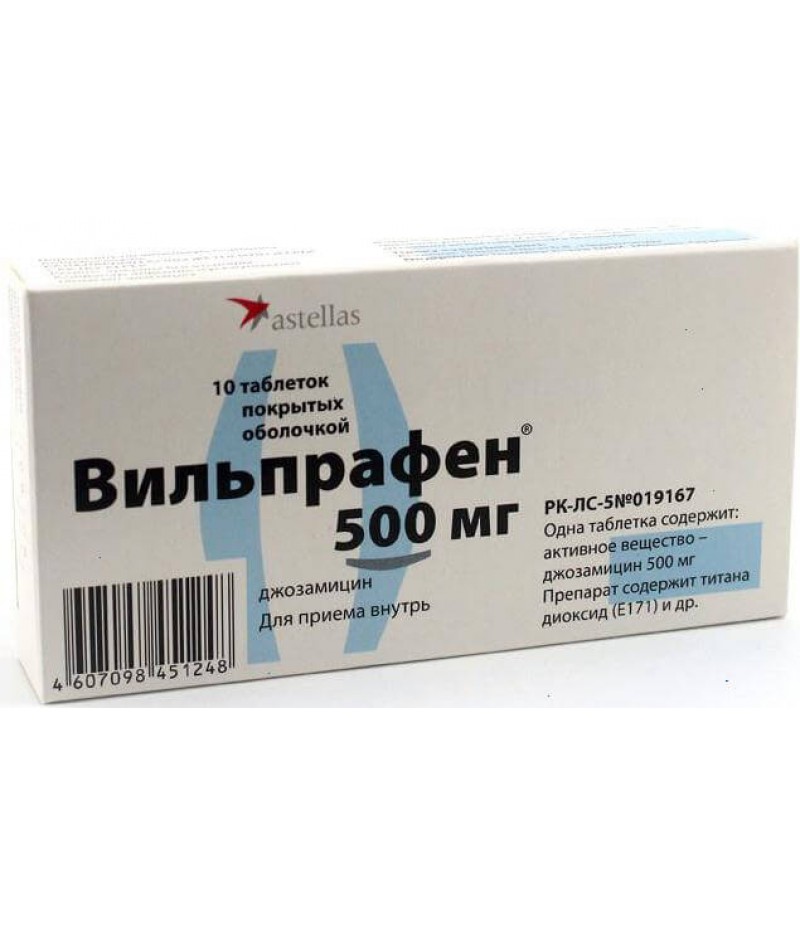Erythromycin eye ointment 10gr
- $4.99
- 3 or more $4.63
- Availability:Out Of Stock
Instruction for ErythromycinReed more and buy ErythromycinCompositionThe composition of the drug includes the active substance erythromycin, as well as additional ingredients: sodium disulfite, propyl parahydroxybenzoate, methylpa..
Tags: ointment
Instruction for Erythromycin
Reed more and buy Erythromycin
Composition
The composition of the drug includes the active substance erythromycin, as well as additional ingredients: sodium disulfite, propyl parahydroxybenzoate, methylparahydroxybenzoate, anhydrous lanolin, petrolatum.
Form of issue
Eye erythromycin ointment may have a shade of light yellow to brownish yellow, contained in tubes of 10 g.
pharmachologic effect
Erythromycin is an antibiotic that belongs to the macrolide group. Has a bacteriostatic effect on the patient's body. The drug has an effect on Gram-positive bacteria (Streptococcus pneumoniae, Staphylococcus spp., Bacillus anthracis, Streptococcus spp., Corinebacterium diphtheriae, Clostridium spp.).
Also, the drug acts on individual gram-negative microorganisms. However, most gram-negative bacteria, as well as fungi, medium and small viruses, are resistant to the action of Erythromycin.
Patients suffer Erythromycin better than penicillins. Therefore, the remedy can be prescribed and in case of an allergy to penicillins. When treated with a drug, the resistance of microorganisms to it develops relatively quickly.
Pharmacokinetics and pharmacodynamics
Data on pharmacokinetics and pharmacodynamics are not available.
Indications for use
Erythromycin ointment is used for the treatment of infectious-inflammatory diseases, which were caused by microorganisms sensitive to erythromycin. It is used in the treatment of infectious and inflammatory diseases, which were provoked by pathogens showing resistance to tetracyclines, chloramphenicol, penicillin, streptomycin.
External applied to the treatment of youthful acne.
Local application of drugs for infectious and inflammatory eye diseases is shown.
Erythromycin ointment is also prescribed for the treatment of trachoma, inflammatory processes of the eye mucosa, for the treatment of pustular skin diseases, bedsores for infected wounds, burns, trophic ulcers.
Contraindications
The following contraindications are defined:
impaired liver function;
jaundice in anamnesis;
high level of sensitivity to macrolides.
Side effects
In the treatment of Erythromycin ointment, the following side effects may develop:
irritating effect, provoking itching, redness;
other allergic manifestations;
disorders of the digestive system: vomiting, nausea, diarrhea, dysbiosis, etc .;
candidiasis;
tinnitus and hearing loss;
tachycardia.
With prolonged treatment, it is possible to develop a secondary infection, which was provoked by microorganisms resistant to erythromycin.
Instructions for the use of Erythromycin ointment (Method and dosage)
Instruction for Erythromycin Ointment provides that before prescribing the drug should determine the level of sensitivity to the ointment of the microflora, which triggered the development of the disease. Ophthalmic ointment is placed under the lower or upper eyelid three times a day, while its amount is 0.2-0.3 g. If the patient is diagnosed with trachoma, the medication should be prescribed 4-5 times a day.
Instructions for the use of Erythromycin Ointment indicate that the duration of treatment depends on the severity of the disease and the effectiveness of treatment. In most cases, treatment lasts from one and half to two months. When trachoma treatment is increased to 4 months.
For skin diseases, the drug should be applied to affected areas 2-3 times daily. During the treatment of burns LS is used 2-3 times a week. The drug should be applied in a thin layer, the treatment can last from 3-4 days to two weeks.
Change the duration of the course of treatment or dosage the doctor can individually, depending on the diagnosis and features of the course of the disease.
Overdose
There is no evidence of the effects of an overdose of Erythromycin ointment.
Interaction
If Erythromycin is used simultaneously with Aminophylline, Caffeine, Theophylline, then the concentration in the plasma of the latter increases. As a consequence, the risk of toxic effects increases.
Erythromycin promotes an increase in the concentration of cyclosporine in the blood, and the likelihood of nephrotoxic action increases.
The drugs that block tubular secretion increase the half-life of erythromycin.
Antibiotics erythromycin series are not combined with Clindamycin, Linkomycin, Chloramphenicol. Under the influence of erythromycin, the bactericidal effect of beta-lactam antibiotics decreases.
Simultaneous treatment with Erythromycin and Theophyllin increases the level of the latter.
If the simultaneous treatment with erythromycin and the means, the metabolism of which occurs in the liver, the concentration of these agents in the blood plasma may increase.
Erythromycin decreases the effectiveness of hormonal contraceptives.
The simultaneous use of Erythromycin ointment and abrasive substances that irritate the skin or provide exfoliation, leads to a drying effect of the irritating effect.
Terms of sale
Ointment is dispensed without a prescription.
Storage conditions
Store the ointment should be at room temperature, in a dry place, protect from access of children.
Shelf life
You can store it for 3 years, after the expiration of the period of validity can not be used.
special instructions
After the application of Erythromycin, before using another external remedy for acne should be at least one hour.
If acne does not decrease after 3-4 weeks of regular use of the ointment, you should consult a specialist. In some cases, a pronounced effect is observed only after 2-3 months of applying the ointment.
If the agent is used for a long time, superinfection may develop.
If ophthalmic ointment is used for prophylaxis in neonatal ophthalmia, it should not be washed out of the eye.
For children whose mothers have diagnosed and expressed gonorrhea, erythromycin as an ophthalmic drug is administered simultaneously with an aqueous solution of penicillin G (parenteral administration).




